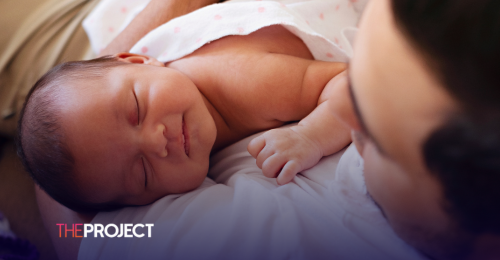In 2023, 286,998 babies were born nationwide, a fall of almost 14,000 (4.6 per cent) from 2022 and the lowest since 2006.
This resulted in a total fertility rate of 1.5 babies per woman. In 1961, Australia’s fertility rate had peaked at 3.55 babies per woman, but the number has been plummeting ever since.
In a statement, ABS head of demography statistics Beidar Cho said, “The record low total fertility rate is because there were fewer births in most states and territories.”
Western Australia had the highest fertility rate of 1.57, but in order for a natural population balance to be maintained through births alone, Australian women need to have a fertility rate of 2.1.
The latest data also revealed that women were choosing to have children later in life, with a large decline in women aged 20-24 giving birth, while new mothers aged 40-44 almost doubled in the past three decades.
“The long-term decline in fertility of younger mums as well as the continued increase in fertility of older mums reflects a shift towards later child-bearing,” Ms Cho said.
“Together, this has resulted in a rise in median age of mothers to 31.9 years, and a fall in Australia’s total fertility rate.”
Dr David Knox, an actuary and senior partner at consulting firm Mercer, said: “Women [are staying] in the workforce longer, taking more control of their reproductive decisions, it’s not assumed when you get married you have kids anymore, there’s a societal change that’s not only in Australia.”
More recently within Australia, the significant drop is likely a result of cost-of-living pressures
“Having babies costs money, mortgages are costing more, so I think the cost-of-living pressures are causing people to put off having babies,” Knox said.





























